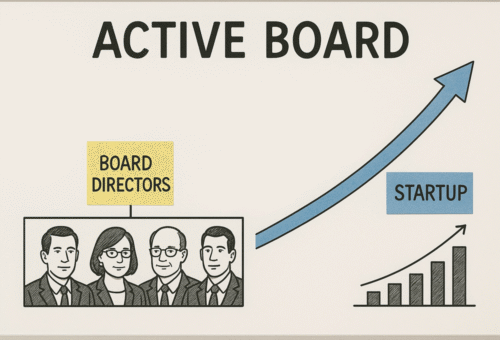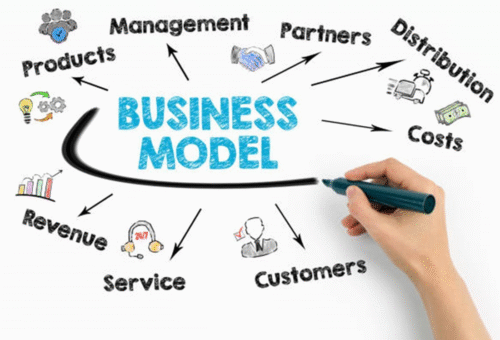
Introduction
Scaling a business is an exciting yet risky endeavor. Growth often signals success, increasing market share, revenue, and brand visibility. However, scaling too quickly—or without the right foundation—can lead to systemic failure, reputational damage, and even collapse.
Here’s what businesses need to understand about scaling responsibly.
1. The Illusion of Readiness: Growth vs. Scalability
Many businesses mistake initial success for scalability. They expand operations, hire aggressively, launch new products, or enter new markets based on demand—not infrastructure.
Key insight: Growth is not the same as scalability. Growth can be opportunistic; scalability is strategic. Without systems and structures that can absorb and support expansion, even strong demand can break the business.
2. Foundational Pillars for Sustainable Scaling
Scaling responsibly requires a solid foundation across these core areas:
a. Organizational Structure
Symptoms of weakness: Blurred roles, decision bottlenecks, overlapping functions.
Solution: Define clear hierarchies, responsibilities, and accountability. Create scalable org charts, not just people-filled positions.
b. Financial Systems
Symptoms: Poor cash flow visibility, inefficient budgeting, lack of real-time data.
Solution: Implement robust financial planning and analysis (FP&A), controls, and forecasting tools. Understand unit economics and burn rate.
c. Technology Infrastructure
Symptoms: Manual processes, fragmented systems, data silos.
Solution: Invest in integrated systems (ERP, CRM, data analytics). Technology should scale with volume and complexity.
d. Talent & Culture
Symptoms: Rapid turnover, low morale, inconsistent performance.
Solution: Hire for scalability (not just speed), develop leadership pipelines, and nurture a strong, values-based culture.
e. Customer Experience
Symptoms: Declining service levels, inconsistent quality, unfulfilled promises.
Solution: Build scalable customer service models, standardize processes, and use feedback loops.
3. Risks of Scaling Without a Foundation
If the foundation is weak, scaling can magnify the following problems:
Operational Chaos: Increased volume strains unprepared systems.
Brand Damage: Service failures and quality dips can erode trust.
Burnout and Attrition: Teams overwhelmed by rapid change may disengage.
Cash Flow Crises: Upfront investments in people, tools, or inventory without returns.
Strategic Drift: Losing sight of the core mission while chasing growth.
4. Signs You’re Scaling Too Fast
Hires are made reactively, not strategically.
Teams constantly "put out fires" instead of planning.
Customer satisfaction dips as growth accelerates.
KPIs are not defined—or not tracked.
Leaders are spread too thin to manage effectively.
5. Best Practices for Foundation-First Growth
1. Start with Strategy
Define what kind of growth you want (revenue, market share, geographic, etc.)
Align the growth plan to long-term strategic goals.
2. Build Systems Early
Invest in scalable tech, reporting, and processes—even when they seem “too advanced” for your size.
3. Create a People Plan
Design a talent roadmap tied to growth stages.
Focus on leadership development and culture continuity.
4. Stress-Test Your Model
Conduct scenario planning for scale: “What happens if demand doubles in 6 months?”
Simulate operational pressure before it’s real.
5. Keep Financial Discipline
Monitor metrics like CAC, LTV, EBITDA, and working capital regularly.
Maintain cash buffers and control runaway expenses.
6. The Role of Leadership in Scalable Growth
Visionary leadership isn’t just about seeing the opportunity—it’s about engineering the capability to realize it. Founders, CEOs, and CFOs must:
Know when to pause and strengthen the base.
Build a culture that adapts, learns, and scales.
Leaders are spread too thin to manage effectively.
Conclusion: Scale is Earned, Not Rushed
Scaling is not just about doing more—it’s about doing more with consistency, control, and purpose. Businesses that scale without the right foundation often find themselves rebuilding under pressure or, worse, failing altogether.
By investing in people, systems, and strategy before the growth surge, businesses can scale smarter—and sustain success long after the initial highs





